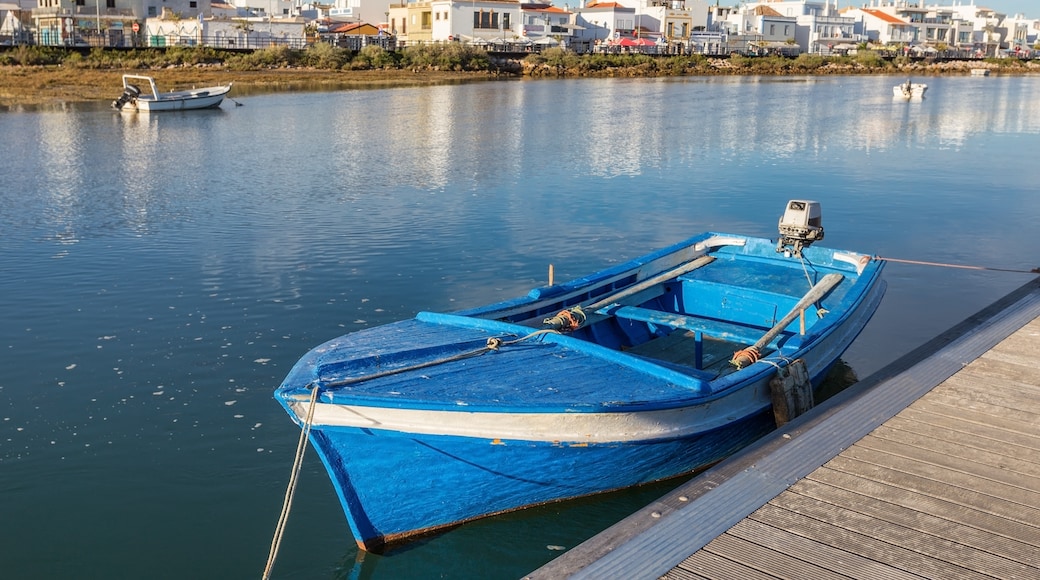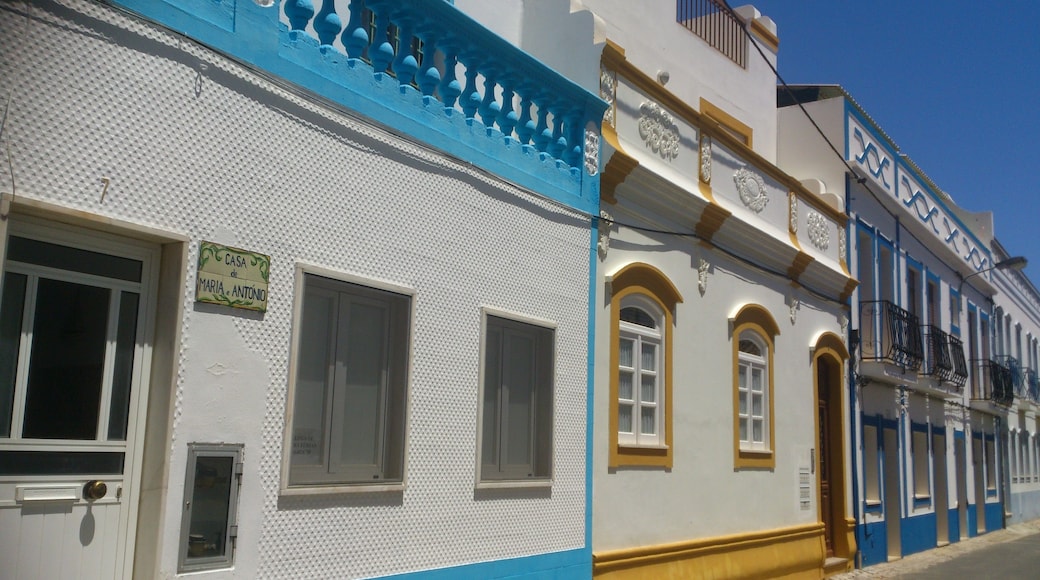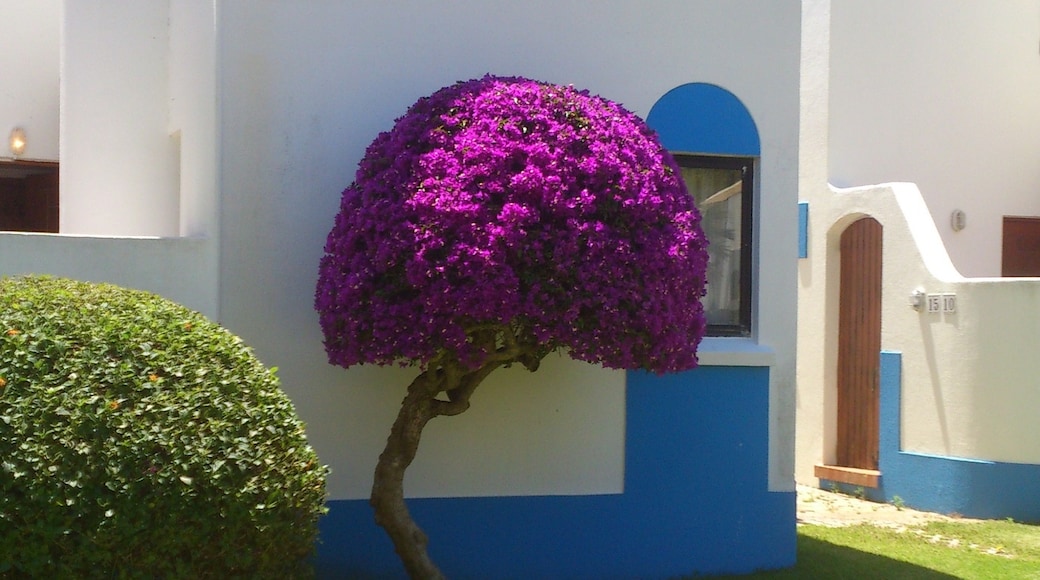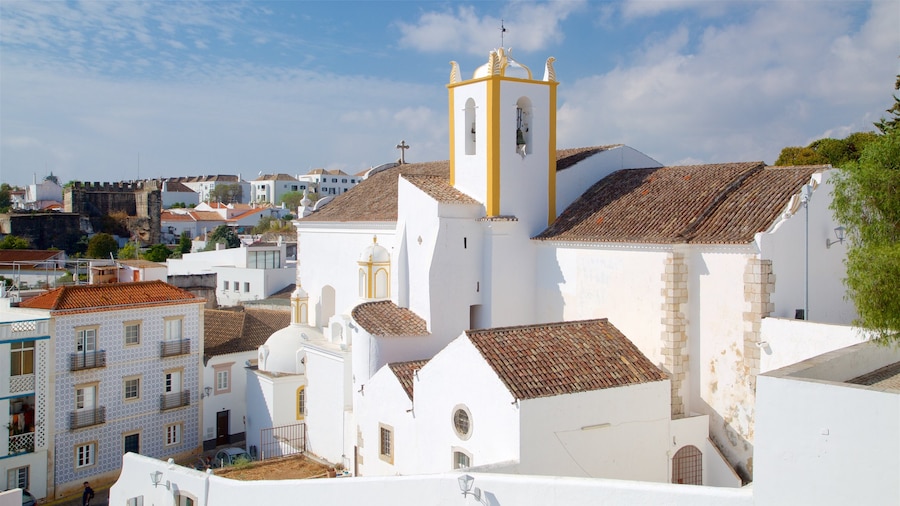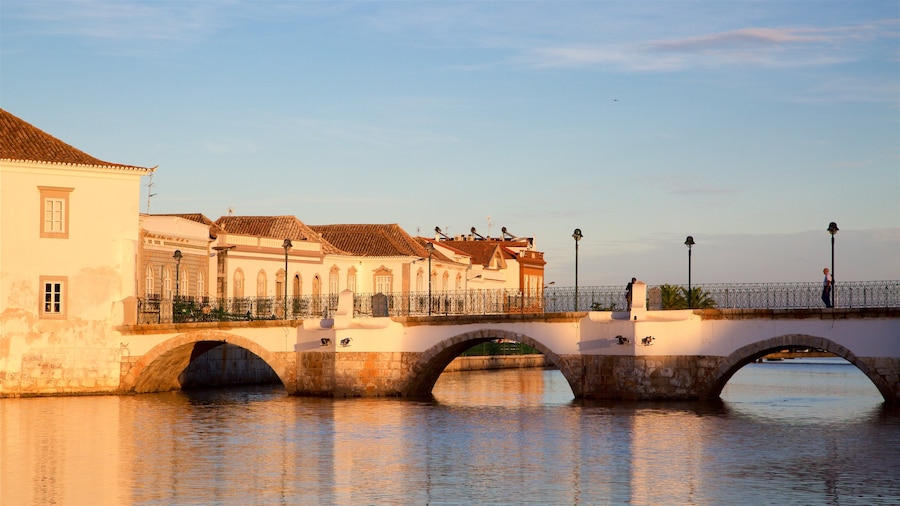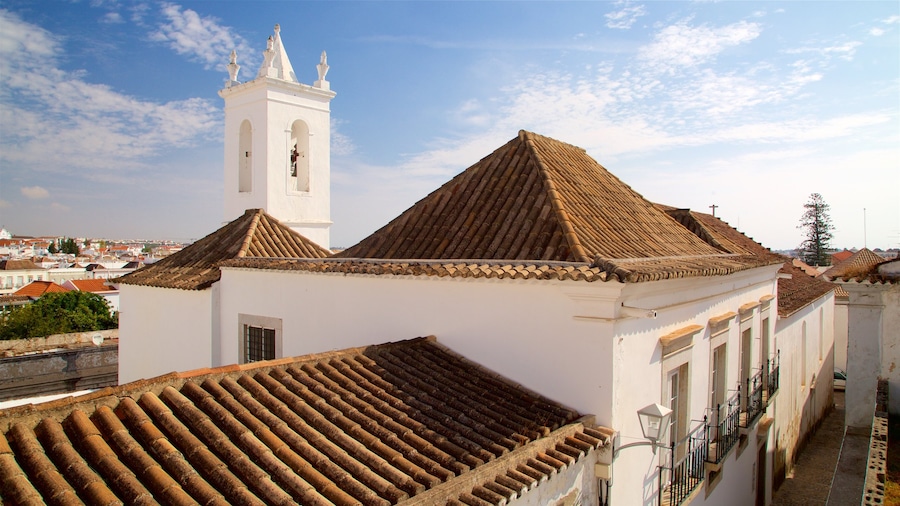Once a fishing port, Cabanas village is now a popular summer tourist destination in the municipality of Tavira, Algarve.
Tourists are drawn to this village thanks to its prime location in Ria Formosa Natural ParkOpens in a new window, with rare species of birds and beautiful flora, and its idyllic, unspoiled beaches.
The town dates back to around 1734, when the first fishing huts were built along the beach to house local fishermen. It was later that people started calling this area “Cabanas”, naming it after the huts that populated the place. It was only after 1757 that the first permanent houses were constructed here. The first hotel was built in 1973, the Pedras da Rainha, which started it on the path to becoming the tourist destination it is today.
Cabanas Island Beach
The Beach of Cabanas Island is a serene and isolated stretch of sand, perfect for a quiet and relaxing day by the sea. You can reach the beach easily by water taxi across the lagoon of Ria Formosa Natural ParkOpens in a new window. It’s idyllic scenery and activities on offer at the beach, such as restaurants and windsurfing, make it one of the best beaches to visit in the area.
Besides taking you to the Cabanas Island, the water taxis also run to Tavira, Tavira IslandOpens in a new window and Santa LuziaOpens in a new window.
São João da Barra Fort
Facing Ria Formosa, stands the imposing Portuguese military Fort, São João da Barra Fort. Built in the 17th Century during the reign of King D. João IV, this star fort will be interesting to military history and architecture buffs alike. Although damaged during the 1755 Lisbon earthquake, the São João da Barra Fort was restored to working condition in 1793 during the reign of D. Maria. The best thing? The fort actually contains a hotel. Step right up, historians.
Chapel of Nossa Senhora do Mar
Built in 1994, the Chapel of Nossa Senhora do Mar’s architecture is based on a boat as a homage to the fishing tradition of the village. Inside there is an image of the Saint, Our Lady of the Seas, to protect the local fishermen.
Ria Formosa Natural Park
Ria Formosa Park ParkOpens in a new window is an internationally protected nature reserve, which attracts about two hundred different species migratory birds, coming from all over central and northern Europe. Their chirps create a relaxing environment, the perfect accompaniment to exploring the local flora or a simple stroll.
Food and Drinks
There are plenty of restaurants that line waterfront of the village where you can dine on local seafood, such as fresh oysters, clams and octopus. For the best cafés in town, head down to Avenida Ria Formosa where you can enjoy the view while enjoying a snack or coffee.
Shopping
Tavira Gran-PlazaOpens in a new window has all the shopping you need, including a supermarket, restaurants, fashionable clothing stores and places selling local souvenirs. There’s even a local cinema with 5 screens where you’ll find movies shown in their original languages, as well as a leisure zone for children. The shopping centre offers free Internet access.
Cabanas de Tavira is rich in natural beauty, with lagoons, unique fauna and flora, peaceful beaches, lovely places to stay and plenty for the foodies too. Yes, this tourist village has it all.
